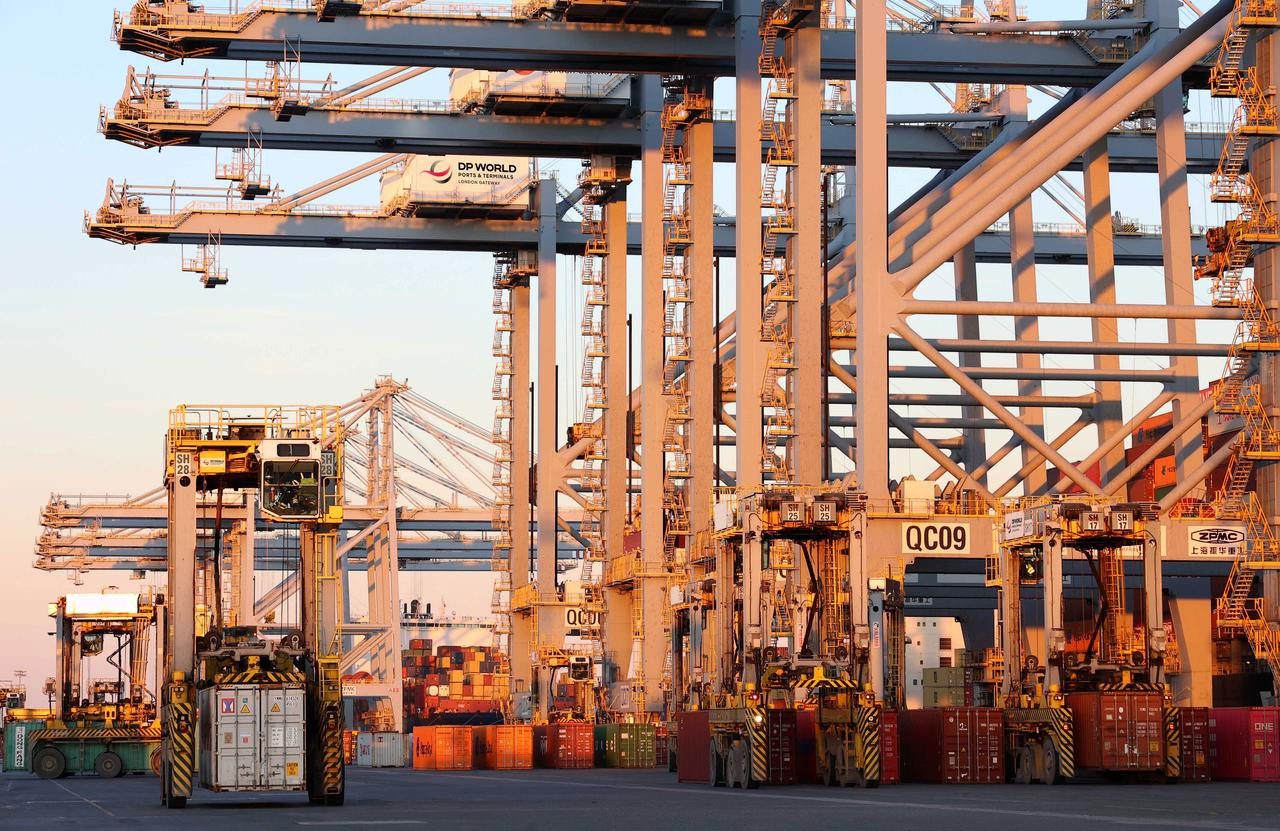
Vancouver-based naval architecture firm, Robert Allan Ltd., unveiled their latest design for a the Canadian Coast Guard, a next generation High Endurance Self-righting Search & Rescue Lifeboat.
This new design was developed from the successful similar vessels known as the “Severn” Class operated by the Royal National Lifeboat Institution (RNLI) of the United Kingdom. The new Canadian design is larger with a greater range than the RNLI vessel and has been specifically designed to handle the worst weather encountered year around in the waters off Newfoundland and Nova Scotia.
The new design is also for construction in aluminium rather than FRP (fiberglass reinforced plastic) as are the Severn Class. Construction of 10 vessels of this Class is being considered by the Coast Guard to replace existing Arun Class vessels, which are reaching the end of their service life. The High Endurance Search and Rescue Lifeboats will provide greatly enhanced speed, range and weather operability to the Coast Guard enhancing their capability to perform Search and Rescue Missions.

This is the fifth new design Robert Allan Ltd. has completed for the Canadian Coast Guard since 2010. Two different designs of new Inshore Science vessels and new Pollution Response vessels have already been delivered and placed in service. In total, 33 new vessels of these designs have already joined the Coast Guard fleet.
In addition, the design of the three new Offshore Fisheries Science Vessels (OFSV) was developed and delivered under a Joint Venture relationship between Robert Allan Ltd. and Alion Science & Technology of Alexandria VA and Ottawa. These latter vessels will be the first new ships built under the National Shipbuilding Procurement Strategy and will be constructed by Seaspan Shipyards in North Vancouver.



The new Search & Rescue Lifeboats are self-righting and capable of safe operation in extreme weather up to Beaufort Force 12 conditions and are able to survive in 12 meter seas.
The vessel’s particulars are as follows:
- Length overall – 19.0 metres
- Length DWL – 17.5 metres
- Beam, moulded – 6.3 metres
- Depth, moulded, at midship – 2.58 metres
- Hull draft, nominal – 1.67 metres
- Power – 2,400 kW
- Speed – 23.5 kts
The hull has a central skeg, and aft propeller tunnels, developing into flared, knuckled bow sections with double spray chines forward. The vessel is fitted with an elevated stern deck for towing operations, reduced freeboard amidships for recovering survivors from the water, and generous amounts of sheer and camber forward.
A large well-appointed enclosed bridge amidships provides maximum visibility and protection for the crew and enables the vessel to self-right in all loading conditions. A survivor space is located forward below decks, and the machinery space is aft. A bow thruster is fitted forward for enhanced maneuverability.
Normal vessel complement is a crew of four. Seating is provided for an additional two supernumeraries such as medical personnel, two survivors (on stretchers) and up to twelve survivors (seated). In support of the vessel’s secondary missions including Aids to Navigation, Environmental Response, Maritime Security, DFO Science, DFO Fisheries and Aquaculture Management and other Government Activities the vessel will occasionally be used to transport up to sixteen (16) supernumeraries in addition to the vessel’s crew.
The vessel has been designed to meet or exceed all requirements of Lloyds Register Rules and Regulations for the Classification of Special Service Craft, July 2012 for compliance with the following Notations:
- ï˜ 100A1 SSC, MONO, HSC, G3, PMR
- Descriptive Notes: Coast Guard Service, Rescue Craft
- Structure designed to G6 Service Area notation (unrestricted service)
Robert Allan utilized extensive finite element analysis of the hull and deckhouse structure in order to minimize aluminum weight to the maximum extent possible to achieve the vessel’s performance objectives. Extensive computational fluid dynamics (CFD) simulations were also conducted to model and demonstrate the vessel performance for the Coast Guard prior to construction. These studies included optimizing vessel resistance with the use of interceptors and propulsion studies including cavitation and assessments of sea keeping performance.
Typical of all Robert Allan Ltd. designs, significant noise and vibration reduction measures have been implemented throughout, including resiliently mounted main engines, gearboxes, exhaust silencer systems, ventilation intake air silencers, sound dampening deck treatments, and insulation measures.

 Join The Club
Join The Club
















